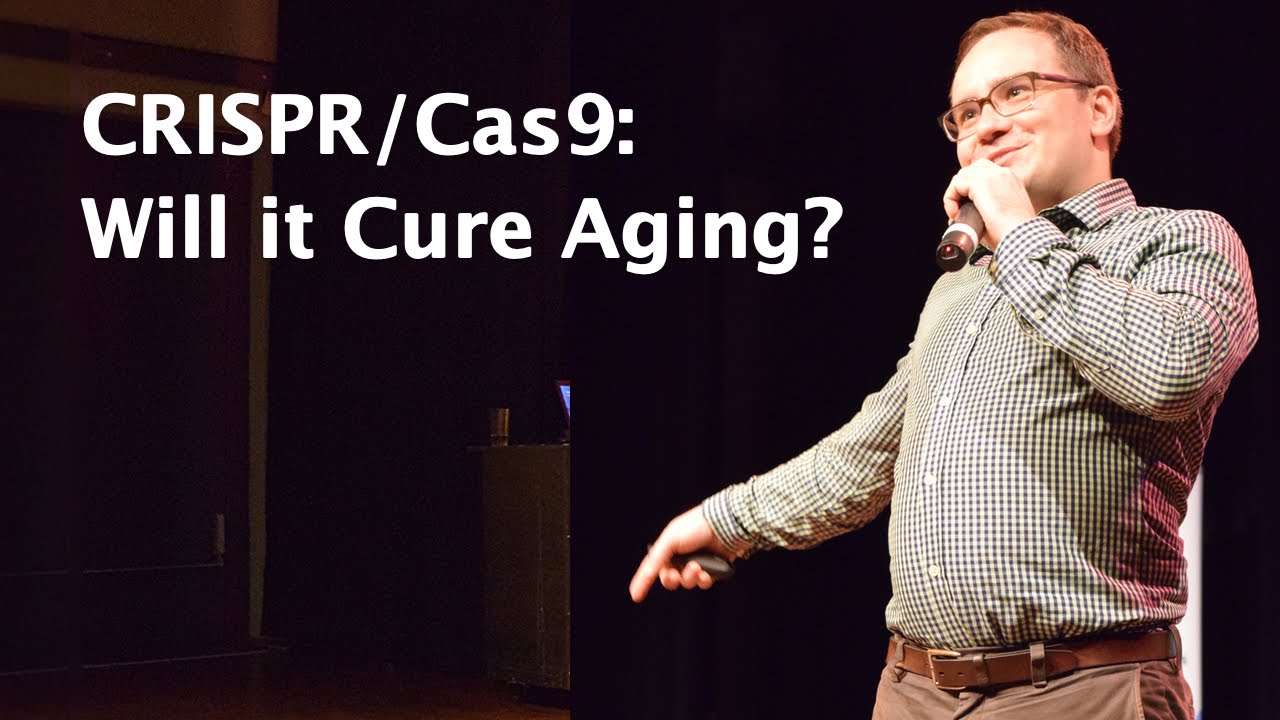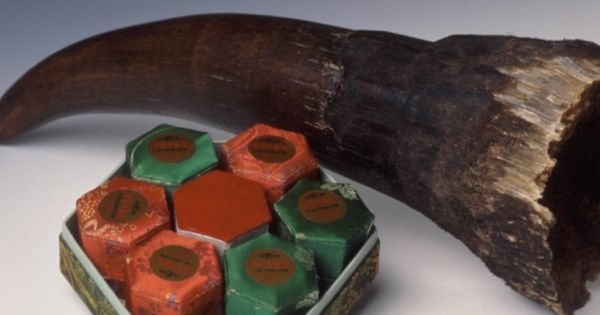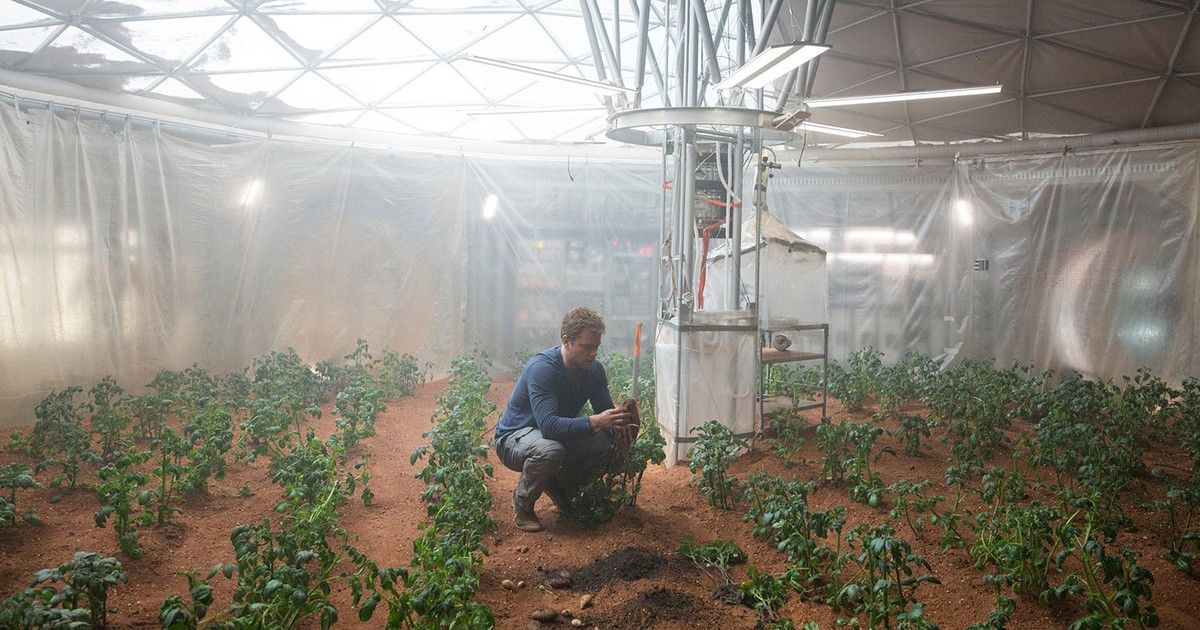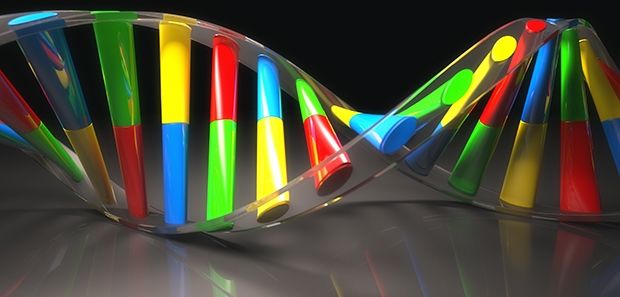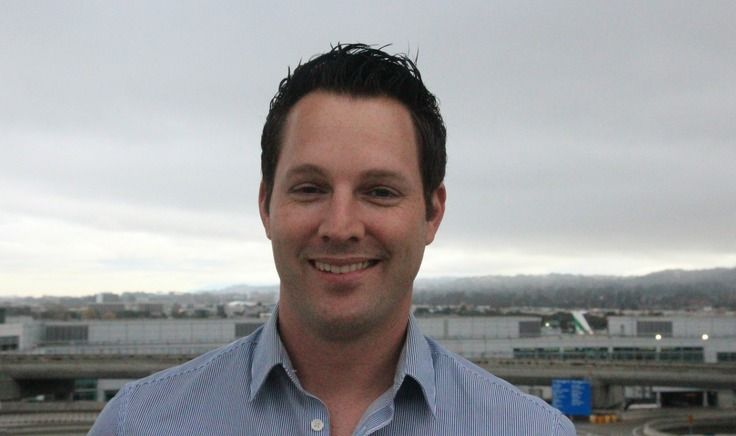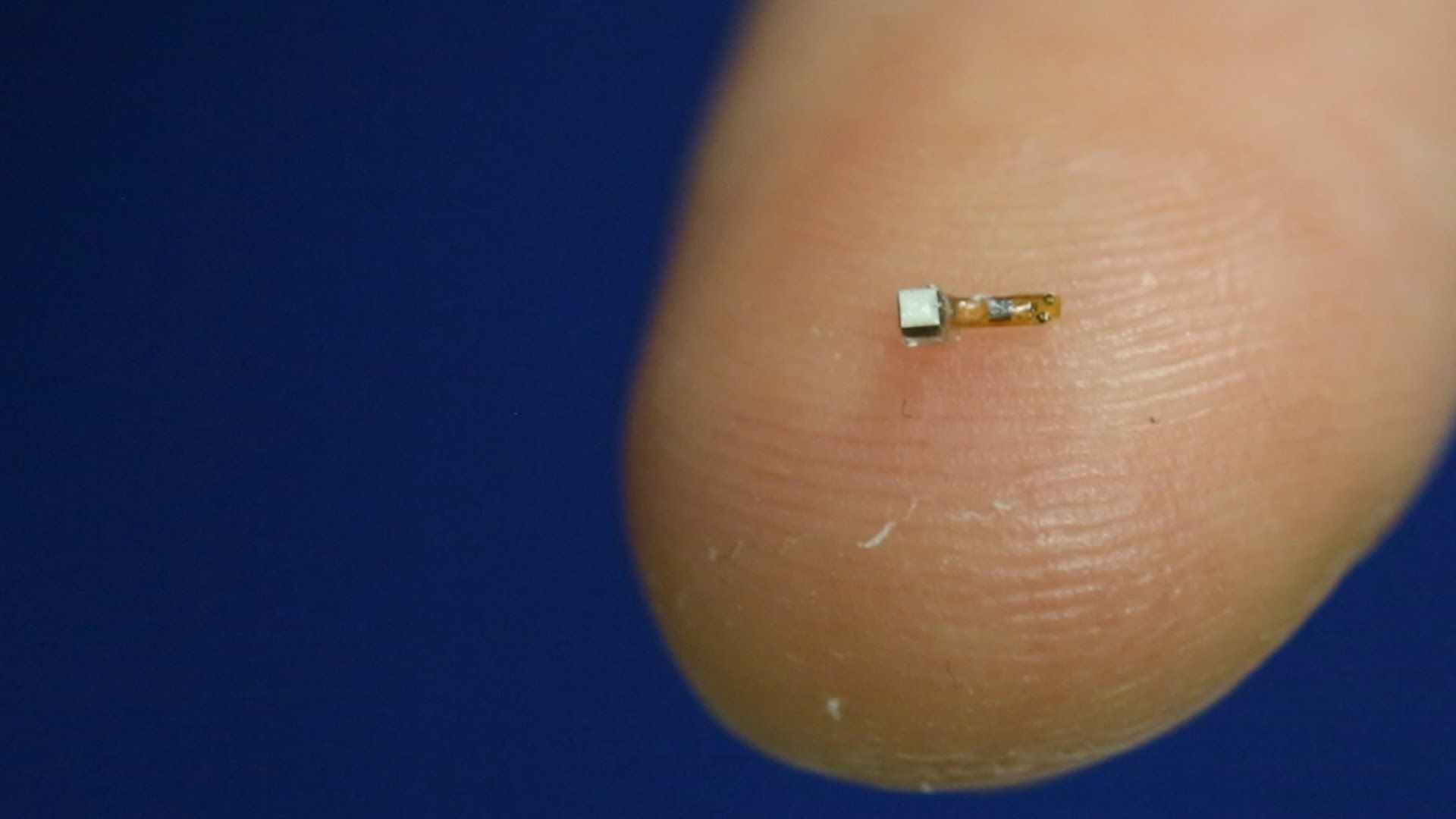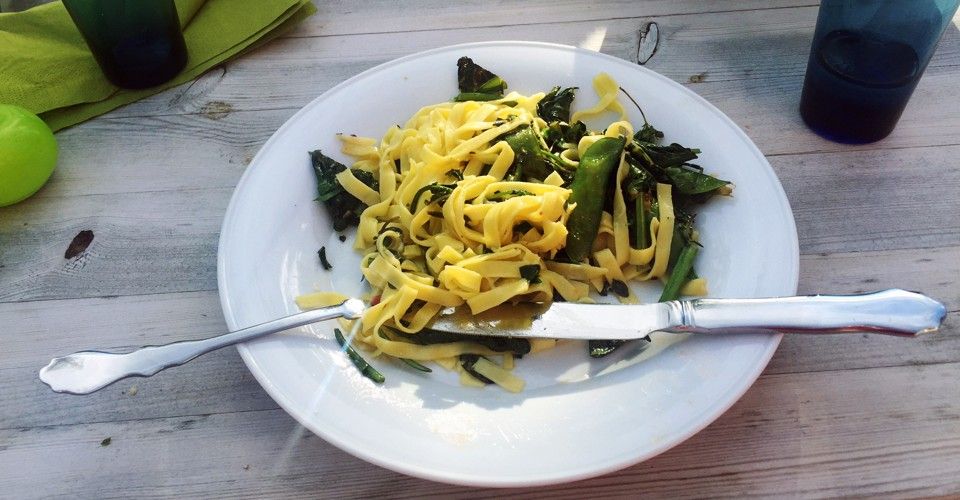How we can use CRISPR/Cas9 to treat the processes of aging.
Oliver Medvedik, Cofounder of the Life Extension Advocacy Foundation and the Lifespan.io Crowdfunding platform, discusses the CRISPR/Cas9 gene editing system in depth and highlights how it may be used to help overcome the diseases and disabilities of aging. He also gives an overview of other promising areas in aging research, such as senescent cell-clearing drugs, or “senolytics”, and “augmentive” compounds that may help restore the body to youthful functionality.
Support our campaigns: https://www.lifespan.io/
